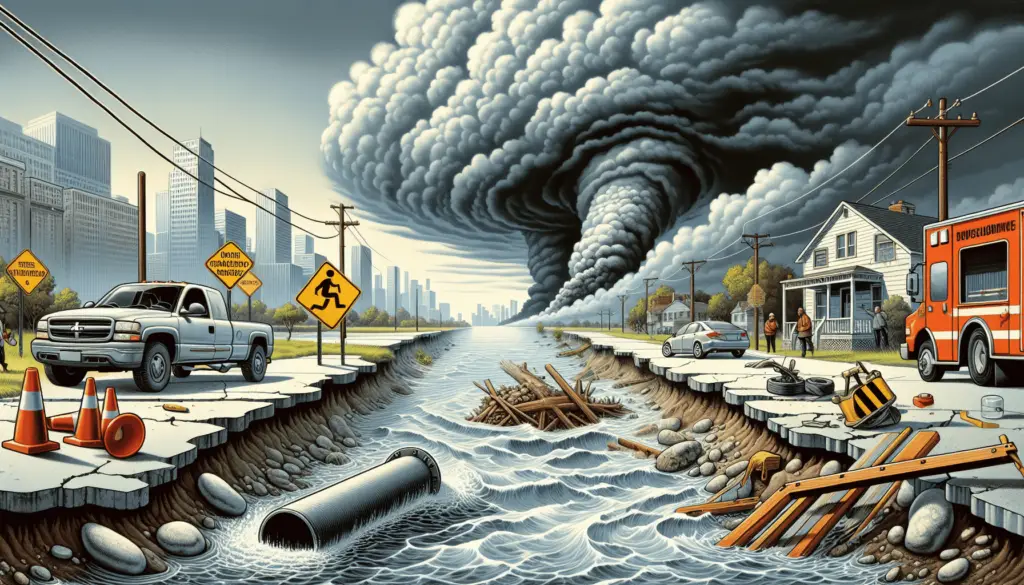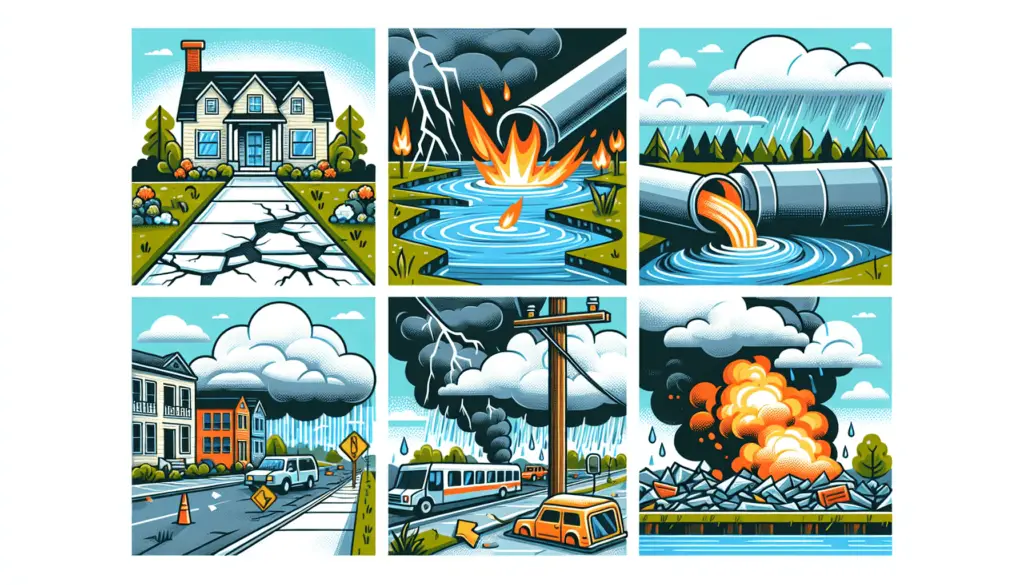Welcome to an essential guide on how to identify and prepare for local hazards! In this article, you will learn the importance of being aware of potential dangers in your community and the steps you can take to protect yourself and your loved ones. By understanding the specific risks in your area and taking proactive measures, you can stay safe and be better prepared for any emergency that may arise. Let’s dive in and equip ourselves with the knowledge and resources needed to navigate through challenging times with confidence.
How To Identify And Prepare For Local Hazards
Are you prepared for potential hazards in your local area? Knowing what risks you face and how to prepare for them can make a significant difference in ensuring your safety and that of your loved ones. In this article, we will guide you on how to identify and prepare for local hazards.
Understanding Local Hazards
Before you can effectively prepare for local hazards, it is essential to understand the types of hazards that are prevalent in your area. From natural disasters like hurricanes, earthquakes, and wildfires to man-made hazards such as industrial accidents and transportation incidents, each area has its unique set of risks.
Knowing what hazards are most likely to occur in your area will help you prioritize your preparedness efforts. Take some time to research the history of local disasters and talk to local emergency management officials to get a better understanding of what to expect.
Conducting a Hazard Vulnerability Assessment
A hazard vulnerability assessment (HVA) is a crucial step in identifying and preparing for local hazards. This assessment helps you identify the specific vulnerabilities your community faces and assesses your capacity to respond to emergencies effectively.
You can conduct an HVA by gathering information on the hazards that could impact your area, evaluating your community’s susceptibility to those hazards, and assessing your ability to respond and recover from disasters. This evaluation will help you develop an effective emergency preparedness plan tailored to your community’s needs.

Creating an Emergency Preparedness Plan
Once you have identified the local hazards and vulnerabilities in your area, it is essential to create an emergency preparedness plan. This plan should outline the steps you need to take before, during, and after a disaster to ensure your safety and the safety of your loved ones.
Your emergency preparedness plan should include evacuation routes, emergency contact information, shelter locations, and a communication plan for staying in touch with family members. Make sure to review and update your plan regularly to reflect changes in your circumstances or local hazards.
Building an Emergency Supply Kit
Having an emergency supply kit on hand is essential for surviving and recovering from disasters. Your emergency supply kit should include essential items such as water, non-perishable food, a first aid kit, medications, hygiene products, and important documents.
Additionally, consider including items specific to the types of hazards you are likely to encounter in your area, such as a battery-powered or hand-crank radio for staying informed during power outages or a flashlight for emergencies at night. Keep your emergency supply kit in a designated and easily accessible location so you can grab it quickly in case of an emergency.

Staying Informed
Staying informed is crucial for preparing for and responding to local hazards. Make sure to stay up-to-date on local weather alerts, emergency notifications, and evacuation orders by signing up for alert systems provided by your local government or emergency management agency.
Additionally, familiarize yourself with the emergency procedures and evacuation routes in your area. Knowing what to do in different scenarios and where to go for assistance can make all the difference in staying safe during a disaster.
Establishing Communication Channels
Effective communication is key during emergencies. Establish communication channels with your family members, neighbors, and community organizations to keep everyone informed and coordinated during a disaster.
Make sure everyone in your household knows how to contact each other in case of separation, and designate an out-of-area contact person to relay messages between family members if local communication systems are disrupted. Practice your communication plan regularly to ensure everyone knows what to do in an emergency.
Collaborating with Your Community
Collaborating with your community is essential for effective disaster preparedness and response. Get involved in local emergency planning efforts, volunteer with community organizations, and participate in drills and exercises to practice your emergency response skills.
By working together with your neighbors and local officials, you can enhance your community’s resilience to disasters and ensure a coordinated and efficient response when emergencies occur. Remember, a strong community is better prepared to face and overcome challenges together.
Conclusion
In conclusion, identifying and preparing for local hazards is a critical step in ensuring your safety and the safety of your loved ones during emergencies. By understanding the hazards in your area, conducting a hazard vulnerability assessment, creating an emergency preparedness plan, building an emergency supply kit, staying informed, establishing communication channels, and collaborating with your community, you can be better prepared to face any disaster that comes your way.
Remember, preparedness is a continuous process that requires regular review and updates to adapt to changing circumstances and emerging threats. By taking proactive steps to prepare for local hazards, you can help protect yourself, your family, and your community from potential disasters. Stay safe and stay prepared!
